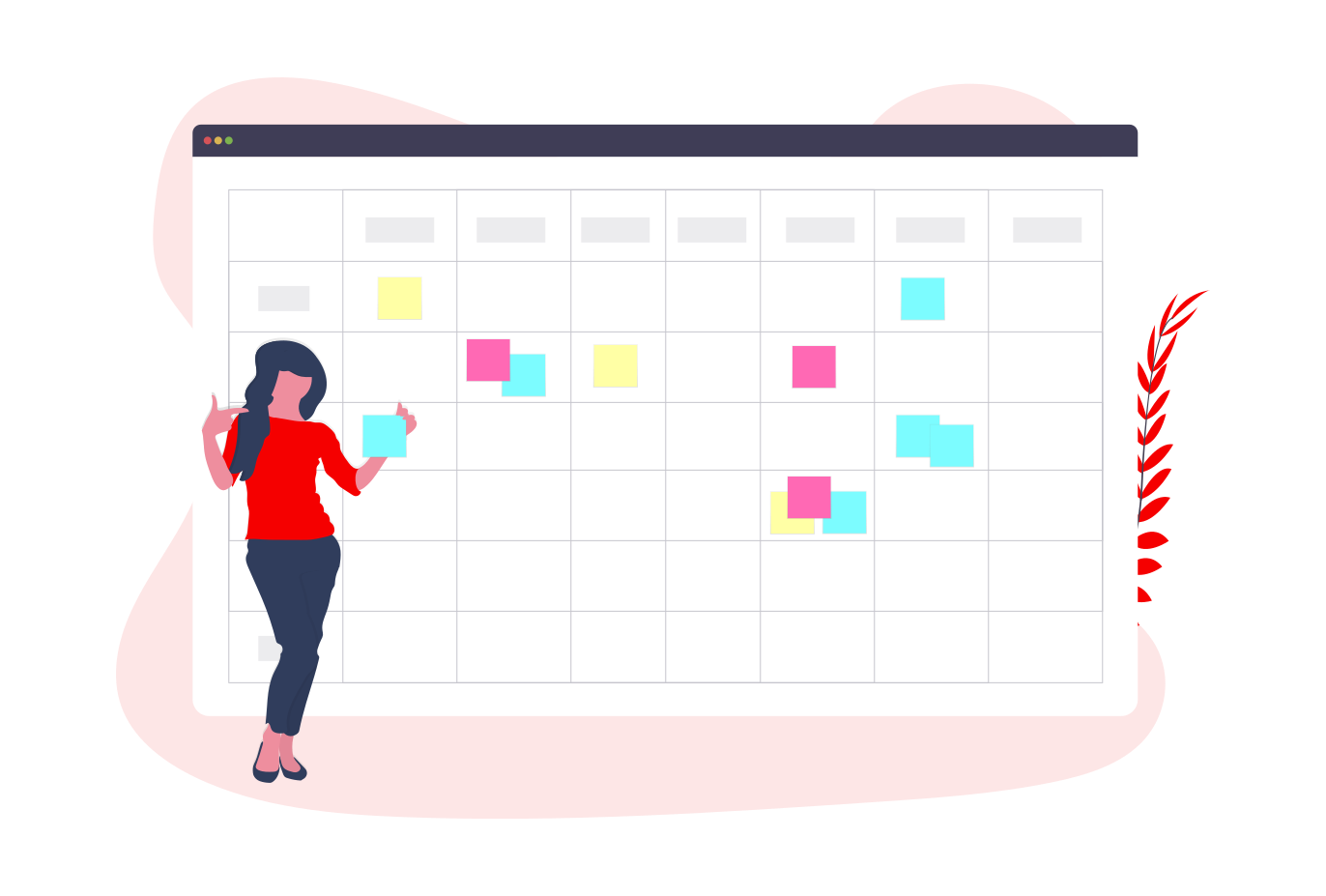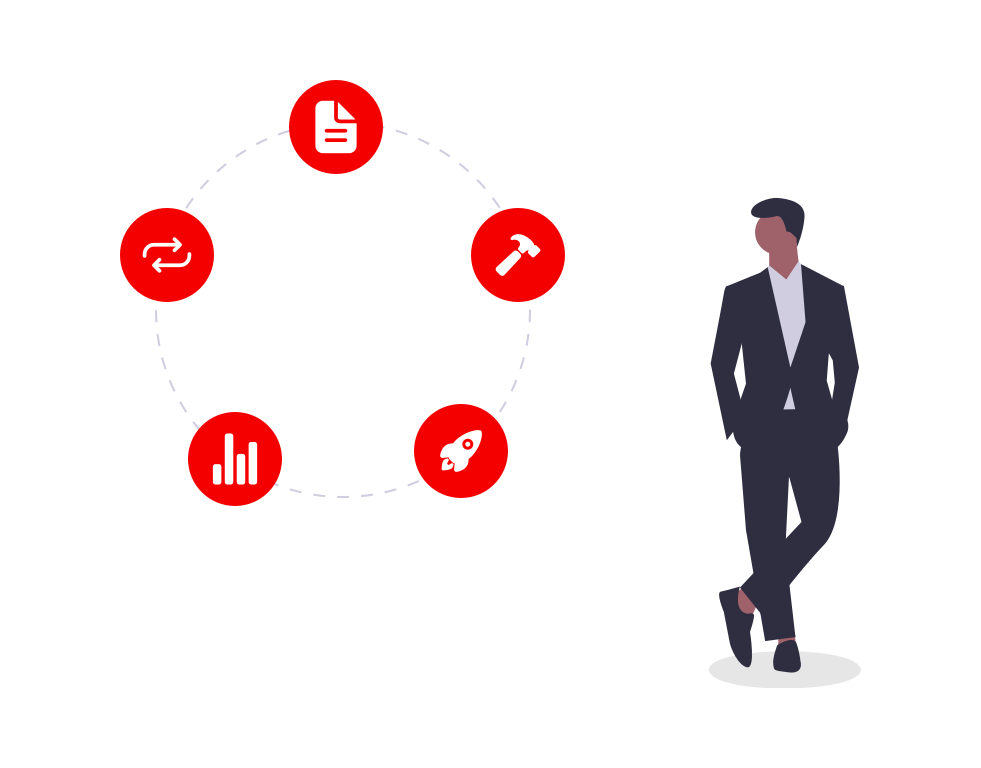Adopting Agile outside software development
Agile methodologies, with its values, principles and benefits are now a radical alternative to the traditional command-and-control-style management and is spreading across industries and functions. This HBR article on Embracing Agile highlights examples of John Deere developing new machines, Saab producing new fighter jets, Mission Bell Winery producing wine, teams organizing their digital strategy, leadership, marketing, HR and more using Agile methodologies to accelerate profitable growth with a new generation of skilled Managers.

Sounds interesting, but what is Agile?
Quick Origin Story: 17 people met at Snowbird, Utah (later called the Snowbird 17) in 2001 to discuss the future of software development. They came up with the Agile framework to remedy the pains they were facing.
Atlassian, a leading maker of agile products & tools defines Agile as
an iterative approach to project management and software development that helps teams deliver value to their customers faster and with fewer headaches.
This was a break from traditional software development cycles where the focus is on one grand product launch. Such an approach warrants excessive planning and documentation, eventually losing sight of what really matters to the customer.
Instead, an agile team focuses on iterating and delivering consistently in small increments. The team keeps a continuous check on product requirements, feedback, and measures. So, successful agile teams build the muscle to respond to changes quickly.
The Agile Manifesto values:
- Individuals and interactions over processes and tools
- Working software over comprehensive documentation
- Customer collaboration over contract negotiation
- Responding to change over following a plan
with the caveat to value the items on the left more when there is value in the items on the right.
12 Principles behind the Agile Manifesto expand on this core idea.
Agile Project Management
Scrum and Kanban are popular frameworks that adopt the Agile methodology. There are more methods like SAFe: Scaled Agile Framework and OKRs: Objectives and Key Results for implementing agile practices at enterprise scale.
The core focus in Agile Project Management is to iterate on the product by incorporating customer feedback continuously. This to me is the most important skill in delivering value to anyone: high Customer Centricity.
Develop the most important features, release the software/product/service, then wait for customer feedback before developing more features.
Agile outside Software Development
If you are thinking, “these are values and frameworks that I can apply in more contexts than software development”, you are right! The core idea is to keep things simple and lean, i.e. use only the resources you absolutely have to.
Snowbird 17 originally conceived Agile with a pure software development focus. This has not stopped many organizations from embracing the essence of Agile and improving their delivery.
NPR used Agile to reduce programming costs by up to 66% (link). This article from TechRepublic talks about how an emergency transport company, traditional publisher, and recruiting team used Agile practices to enhance stakeholder communication, develop custom products, and improve efficiency. As I mentioned earlier, John Deere developed new machines, Saab produced new fighter jets, Mission Bell Winery produced wine, and more using Agile methodologies. This list goes on.

Personal Use Cases
I have used Agile (Scrum sprints & Kanban Boards) at work to:
- Ship our Business Intelligence internal products. We followed a 2-week sprint cycle. We collected direct feedback from the business teams monthly and indirectly measured adoption and accuracy of our real-time dashboards to guide our product development and user-level customization.
- Improve our Customer Feedback mechanism and indirectly the NPS (net promoter score) and CSAT (customer satisfaction) scores by iterating on our survey questions & methods and customizing them to the customer’s role and lifetime with us.
- Improve our Customer Service by measuring the velocity, escalations, resolutions and ratings of our support tickets. Here we used daily stand-ups and weekly reports instead of timed sprints.
- Improve Operational Excellence by building out a Hub Operations Manual for our hubs (each coworking location) to use as a handbook for improved and efficient on-ground operations. We did not wait to launch all processes and workflows in one ‘giant launch’. Change management is critical in a massive project like this. Instead, we broke the systems down to modular chunks, involved multiple stakeholders, developed the workflows & KPIs, and piloted in some locations. We collected feedback, iterated quickly and regularly tracked in-process metrics and output measures to improve the chapters before rolling out the handbook over 4 months in consumable parts org-wide.
Apart from this, we worked with our Software Development team on their sprint schedules to Product Manage larger projects like ERP and CRM implementation. We rejected the Waterfall model for developing the Hub Handbook because it was not feasible to develop ALL features and workflows in one go or structure them in linear sequences. It needed to be a fairly adaptive product. However, the Waterfall method better suited an ERP implementation or a new hub launch, where we needed many more critical parts to be in place before initial launch.
Conclusion
Agile is not the silver bullet to all problems in Project Management. But the beauty of Agile is that it is a tried and tested simple framework to improve quality of delivery, speed to respond to market needs, and productivity & collaboration of teams. Many non-software development teams DO NOT use it today. This can be a significant competitive advantage if you pick up the parts that will speed up profitable growth for your organization.
I am keen to hear and learn from you.
Have you adopted (or) can you adopt parts of the Agile framework in your work outside of Software Development? Comment below.